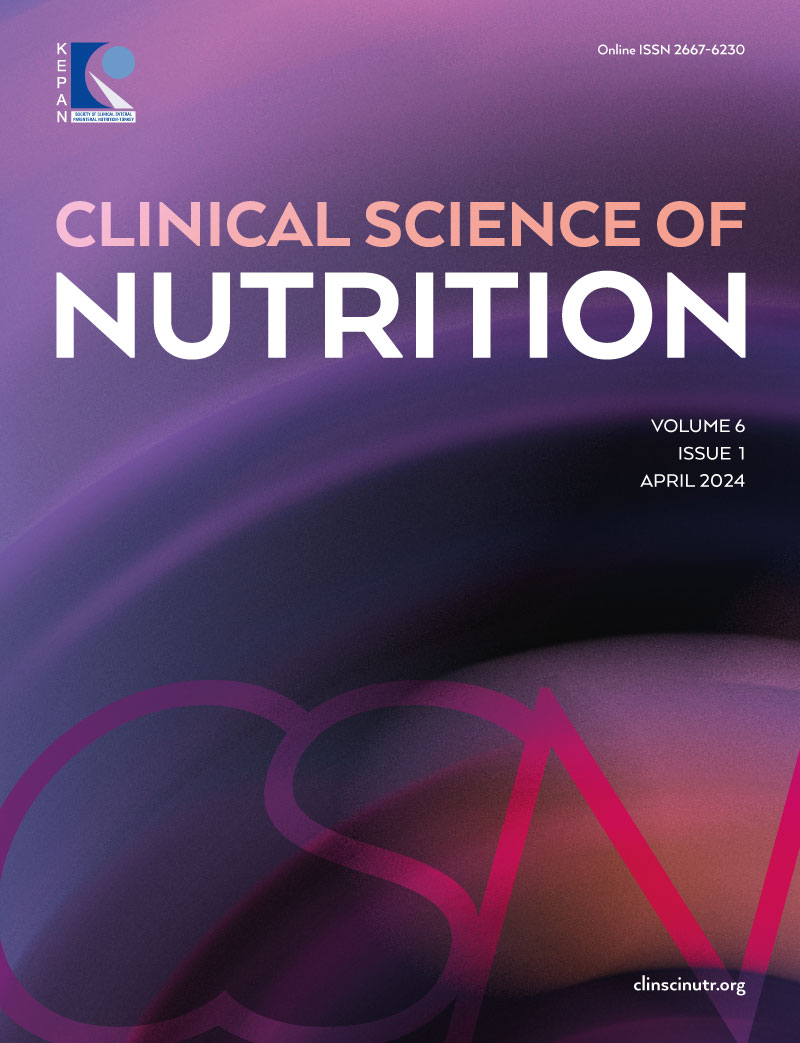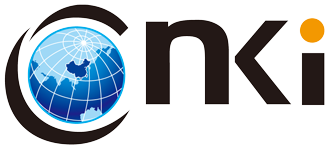Abstract
Parenteral nutrition (PN) solution is a medication of high concern due to its intricate drug utilization procedure. It has been reported that since 2010, nearly every component involved in the preparation of PN admixtures has experienced a shortage at least once. Shortages may lead to therapy delays in hospitals, clinics and other health-related facilities or reductions in quality, prompting healthcare providers to recommend alternative treatments, potentially leading to medication errors, negatively influencing patient outcomes, and consume healthcare assets. The causes of medication shortages are diverse and encompass unidentified factors (44%), manufacturing complications (36%), supply and demand imbalances (8%), discontinued product lines (8%), insufficient access to raw materials (4%), and natural disasters. The duration for the resolution of these shortages was inconsistent, with certain product shortages that were resolved experiencing a recurrence, while others persisted for several months to years. The pharmacy department can take the lead in efficiently managing drug shortages by guaranteeing that its institution possesses the essential infrastructure and a clearly outlined management strategy well in advance of any shortages arising. During periods of shortages, it is extremely important to limit the use of nutritional products to patients with valid indications and those with nonfunctional gastrointestinal systems. Effective management of drug shortages, including PN components, necessitates a comprehensive plan and the involvement of an interprofessional team. This team should contribute to the development of the plan and be ready to implement it swiftly in case of a shortage or outage. Once the shortage of PN components is deemed resolved, all rationing and conservation strategies should be halted, as these measures are meant to be employed exclusively during shortages. Once the PN component shortage has been resolved, it is crucial to resume providing the full dosage of PN components to all patients in need of PN therapy.
Keywords: Component, drug shortage, management, parenteral nutrition
References
- Boullata JI, Holcombe B, Sacks G, et al. Standardized Competencies for Parenteral Nutrition Order Review and Parenteral Nutrition Preparation, Including Compounding: The ASPEN Model. Nutr Clin Pract. 2016;31:548-555. https://doi.org/10.1177/0884533616653833
- Holcombe B, Mattox TW, Plogsted S. Drug Shortages: Effect on Parenteral Nutrition Therapy. Nutr Clin Pract. 2018;33:53-61. https://doi.org/10.1002/ncp.10052
- Joly F, Mundi M, Barazzoni R, et al. How to deal with micronutrient product shortage - Editorial. Clin Nutr. 2023;42:143-147. https://doi.org/10.1016/j.clnu.2022.11.020
- Hassig TB, McKinzie BP, Fortier CR, Taber D. Clinical management strategies and implications for parenteral nutrition drug shortages in adult patients. Pharmacotherapy. 2014;34:72-84. https://doi.org/10.1002/phar.1350
- Fox ER, McLaughlin MM. ASHP guidelines on managing drug product shortages. Am J Health Syst Pharm. 2018;75:1742-1750. https://doi.org/10.2146/ajhp180441
- Berger MM, Shenkin A, Schweinlin A, et al. ESPEN micronutrient guideline. Clin Nutr. 2022;41:1357-1424. https://doi.org/10.1016/j.clnu.2022.02.015
- Mirtallo JM, Holcombe B, Kochevar M, Guenter P. Parenteral nutrition product shortages: the A.S.P.E.N. strategy. Nutr Clin Pract. 2012;27:385-391. https://doi.org/10.1177/0884533612444538
Copyright and license
Copyright © 2024 The author(s). This is an open-access article under the terms of the Creative Commons Attribution License (CC BY) which permits unrestricted use, distribution, and reproduction in any medium or format, provided the original work is properly cited.










